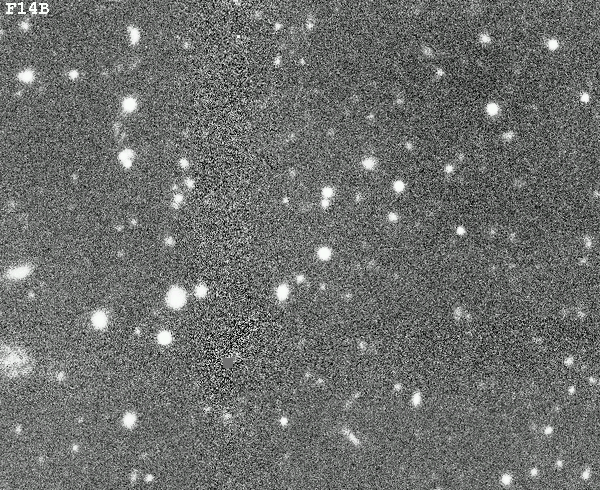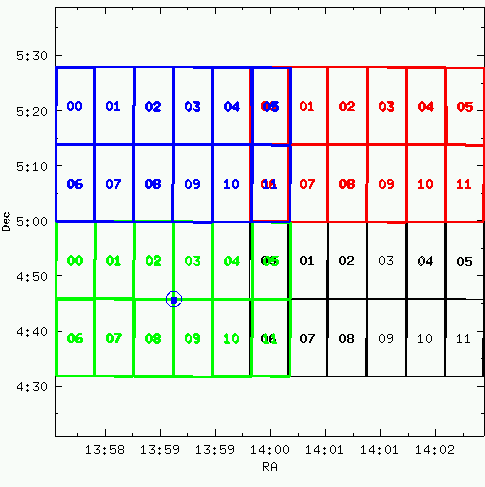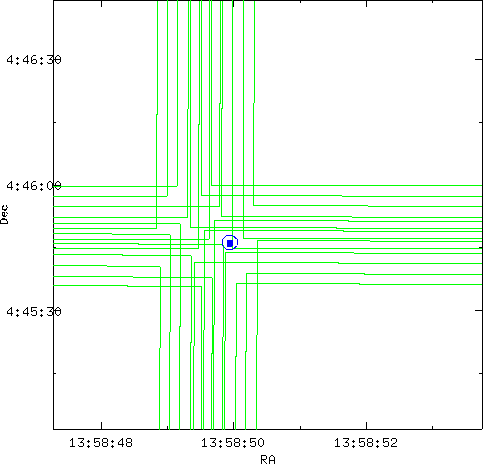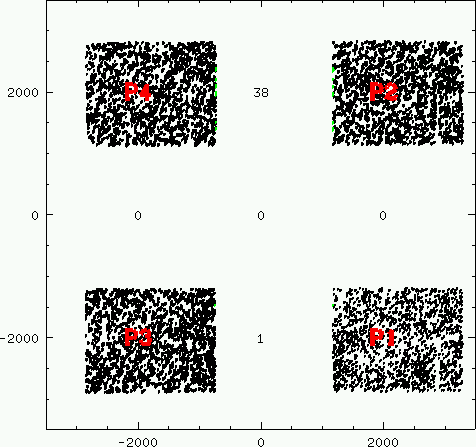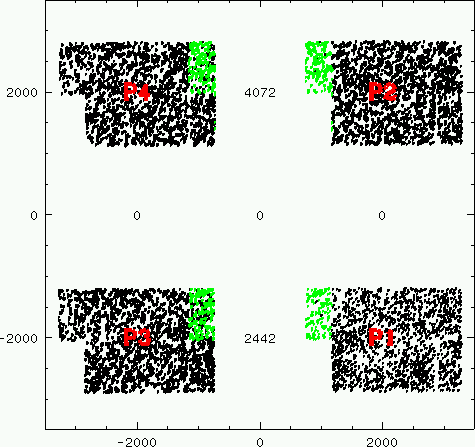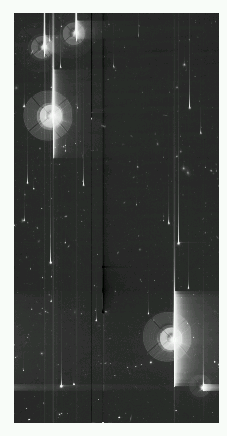Implications:
Astrometry:
I suspect (although further tests are necessary
to show this)
that including objects from adjacent data frames
adds little to the astrometric solution
and may even be adding noise.
Photometric calibration:
Clearly if there are no overlapping sources,
it is futile to try and do the photometric
calibration between CCD's or between pointings.
It is better then to select one exposure
as being photometric, flag each CCD of that
exposure as photometric and transfer the zero-point
to the same CCD's in other exposures.
Source Extraction:
In the gutters between the CCD's, there is considerably
less coverage. This means there will enhanced noise,
and consequently, these areas will be shallower than
the central parts of the CCD's. This makes it undesirable
to include these sections of the image in any analysis
where some sort of strict magnitude limit is required.
In general,
because of these small overlaps, it seems to me
that it not optimal to combine all the CCD's from
one pointing into one large image, or combine
multiple pointings into an even larger image, but
instead to reduce each CCD of each pointing
separately.
Ultimately, the final swarped images of each CCD's
can swarped together to make a large image, if this
makes it easier to run SExtractor, and/or improve
the book-keeping.
|
